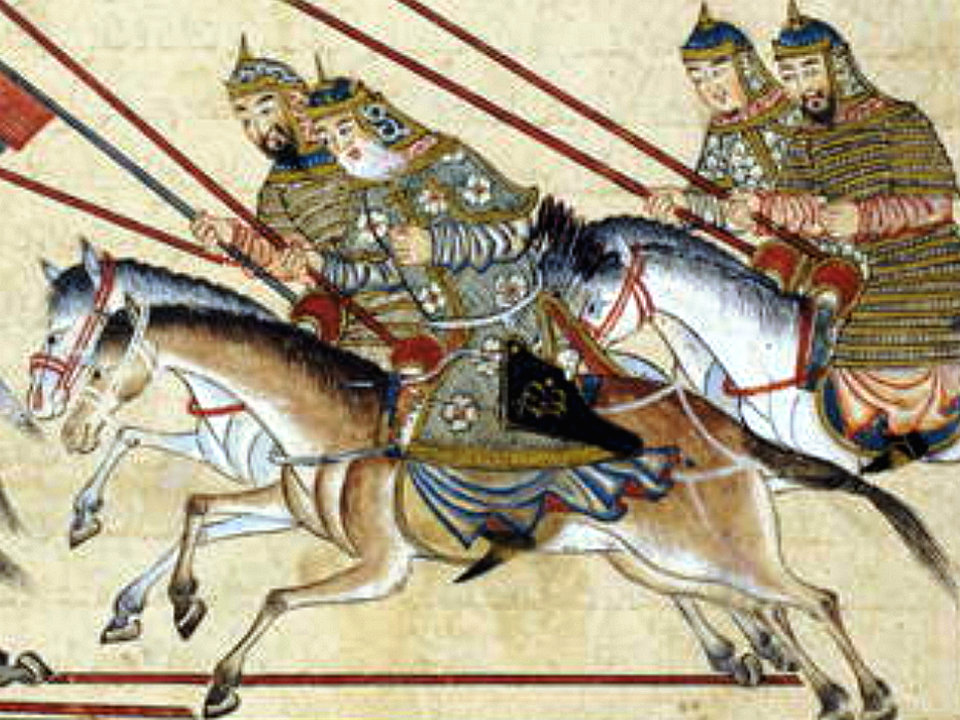The Muslim conquests of Afghanistan began during the Muslim conquest of Persia as the Arab Muslims migrated eastwards to Khorasan, Sistan and Transoxiana. 15 years after the Battle of Nahāvand, they controlled all Sasanian domains except parts of Afghanistan and Makran. Fuller Islamization wasn’t achieved until the period between 10th and 12th centuries under Ghaznavid and Ghurid dynasty’s rule who patronized Muslim religious institutions.
Khorasan and Sistan, where Zoroastrianism was well-established, were conquered, but Qandahar remained unconquered. The Arabs had begun to move towards the lands east of Persia and in 652 they captured the city of Herat, establishing an Arab governor there. The Muslim frontier in modern Afghanistan had become stabilized after the first century of Hijri calendar as the relative importance of the Afghan areas diminished. From historical evidence, it appears Tokharistan was the only area heavily colonized by Arabs where Buddhism flourished. Balkh’s final conquest was undertaken by Qutayba ibn Muslim in 705. Hui’Chao, who visited around 726, mentions that the Arabs ruled it and all the inhabitants were Buddhists.
